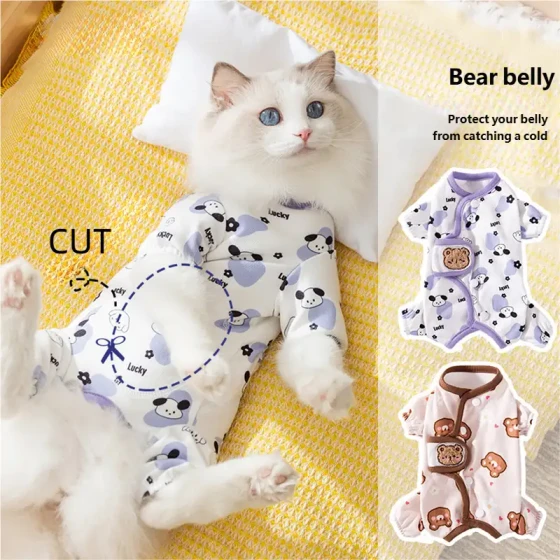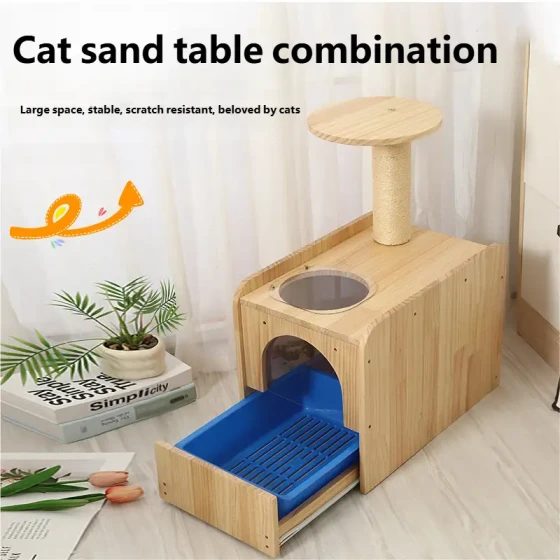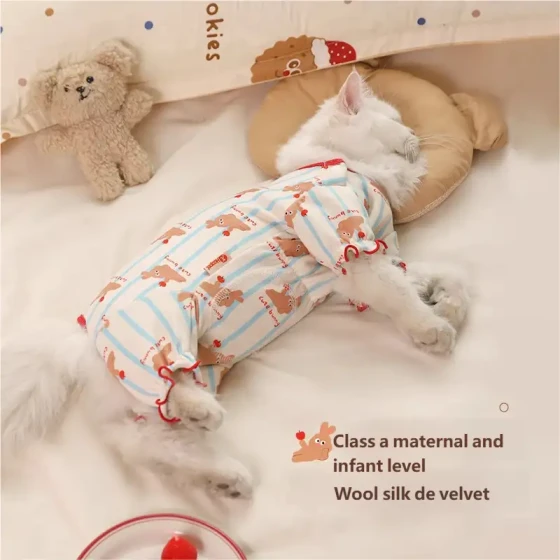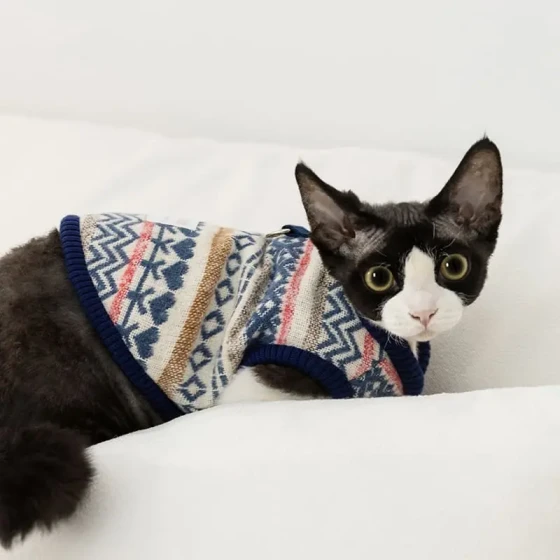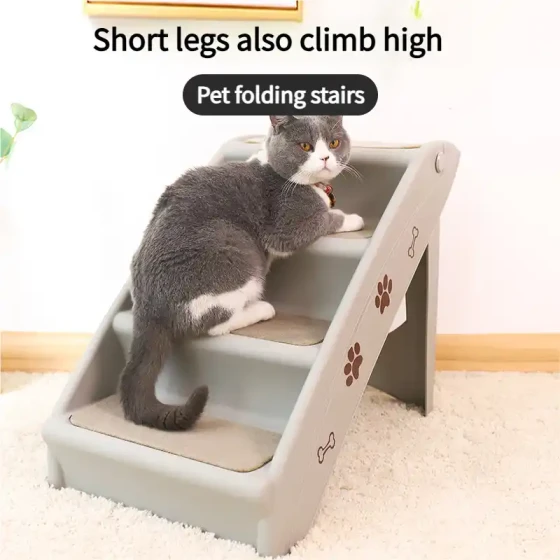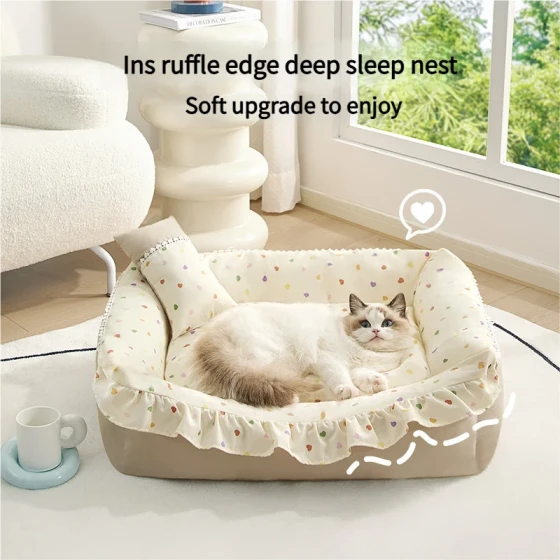Flat-faced Cats: Which Breeds Are There_Popular Flat-faced Cat Breeds Counted
Flat-faced cats, as the name suggests, are cats with relatively flat faces and recessed nasal bridges. They usually have round faces and big eyes, looking adorably cute, which has earned them a large fan base worldwide, especially in China. Their unique facial features are the result of long-term selective breeding, making their appearance significantly different from other cats.
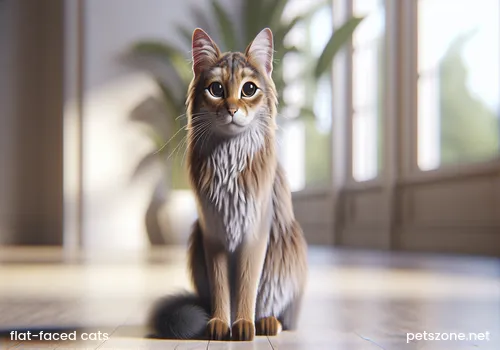
This facial structure is medically known as "brachycephaly," which not only shapes their cute look but also brings some unique care needs. Understanding these "gracefully beautiful" flat-faced cat breeds and how to better care for them is very important for both prospective and current flat-faced cat owners.
What is a Flat-faced Cat?
The "flatness" of flat-faced cats mainly lies in their skull structure. Compared to long-faced cats, their skulls are shorter, and their facial bones are more compact, causing compression of nasal passages and tear ducts. This makes their face look "flattened" with the nasal bridge almost level with the eyes.
Although this feature makes them look especially cute, understanding the potential health impacts is part of responsible pet ownership. Next, let’s look at the most popular flat-faced cat breeds.
Popular Flat-faced Cat Breeds Counted
When it comes to flat-faced cats, many people might first think of the classic image—Garfield. However, besides the famous Garfield cat, there are quite a few other breeds with similarly flat faces.
-
Persian Cat (Persian Cat)
- Features: Persian cats can be considered the representatives of flat-faced cats. They have fluffy dense fur, round bodies, and a signature flat face with large round eyes, exuding elegance and sweetness. Persian cats come in a wide variety of colors and patterns, covering almost all basic cat colors and combinations.
- Temperament: Persian cats generally have a gentle and quiet temperament, not noisy, and prefer to stay indoors, making them ideal companion cats. They are strongly attached to their owners but not overly clingy.
- Care: Persian cats' long fur requires daily grooming to avoid matting. Their flat faces mean tear ducts easily get clogged, requiring frequent cleaning of eye discharge to prevent unsightly tear stains or skin problems. Just like some kids tend to have runny noses, these cats' eyes tend to "weep" more easily.
-
Exotic Shorthair (Exotic Shorthair)
- Features: This is the so-called "Garfield" cat. Exotic Shorthairs are a crossbreed of Persian cats with American Shorthairs, British Shorthairs, and others. They inherit the Persian’s flat face and rounded body but have shorter, easier-to-maintain fur. Their face may be even "flatter" than Persian cats, often showing an innocent and adorably silly expression, truly walking emoji faces.
- Temperament: Exotic Shorthairs combine the gentleness of Persians with the lively curiosity of shorthair cats. They are calm, playful, affectionate towards their owners, and very suitable for families.
- Care: Compared to Persians, Exotic Shorthairs require much lighter coat care, with grooming a few times per week being sufficient. However, eye care remains important and needs regular cleaning.
-
Himalayan Cat (Himalayan Cat)
- Features: Himalayan cats are hybrids of Persian and Siamese cats. They have the Persian’s body shape and long fur, along with the Siamese’s point coloration (darker face, ears, paws, and tail). Their facial features lie between Persian and Siamese cats, with some Himalayans’ faces leaning more toward the Persian’s flatness.
- Temperament: Himalayans combine the sweetness of Persians with the intelligence and liveliness of Siamese cats. They love playing and have a slightly louder voice than Persians but are also very affectionate.
- Care: Like Persians, Himalayans require careful grooming of their long fur and daily eye cleaning is also essential.
-
British Shorthair (British Shorthair)
- Features: Although not all British Shorthairs have very flat faces, some face shapes (such as the "bun face") and purebred British Shorthairs tend to have rounder, flatter faces compared to other breeds. Their broad cheeks and shorter noses give them the look of cute, chubby dolls.
- Temperament: British Shorthairs are independent and calm. They are not very vocal and are well suited for apartment living. They tend to be cautious of strangers but very loyal to their owners.
- Care: British Shorthairs have short dense fur that is relatively easy to care for but shed a lot during seasonal changes, requiring regular brushing. Though their faces are not as flat as Persians, some individuals may have mild eye or respiratory issues, which need monitoring.
Care Tips for Flat-faced Cats
Raising flat-faced cats brings joy, but also requires more patience and care due to their physiological structure which entails special care needs.
- Eye Care: This is the most critical part of caring for flat-faced cats. Due to curved or blocked tear ducts, they easily have watery eyes and tear stains. Their eyes need to be wiped gently every day with a wet wipe or special eye wash to keep the area clean and dry, preventing bacterial infections and inflammation. This task is as important as our daily face wash.
- Respiratory Health: Their flat facial structure may cause narrow airways, leading to snoring or breathing difficulties, especially in hot weather or after exertion. It's important to keep indoor air ventilation good, avoid overstimulation or prolonged exposure to heat. Air conditioning is their "life-saving tool" in summer.
- Dental Health: Their shorter jaws may cause crowded teeth, increasing the risk of periodontal disease. Regular dental check-ups and professional cleanings as advised are recommended.
- Temperature Sensitivity: Due to possibly less efficient breathing, flat-faced cats are more sensitive to extreme temperatures. Keep them cool in summer and warm in winter.
- Weight Management: Maintaining a healthy weight is vital for their overall health, easing the burden on their respiratory and joint systems. Control diet to avoid overfeeding.
- Regular Vet Checks: Regular comprehensive vet examinations help identify and manage potential health problems early, ensuring a long healthy life. Vets may recommend respiratory evaluations.
Frequently Asked Questions
- Q: Do all flat-faced cats have health problems?
- A: Not all flat-faced cats have severe health issues; it depends on individual genetics, breeding, and care. While brachycephaly increases certain health risks, responsible breeding, good care, and regular vet visits can prevent or control many issues.
- Q: Are flat-faced cats prone to heatstroke?
- A: Yes, compared to long-faced cats, their respiratory structure makes heat dissipation less efficient, making them more prone to discomfort or heatstroke in high temperatures. Preventive measures in summer are essential.
- Q: How to clean a flat-faced cat’s eyes?
- A: Use soft, clean wet wipes or pet-specific eye wash to gently wipe the corners of the eyes and tear stain areas. Be gentle to avoid eye irritation. If tear stains worsen or eyes show redness and abnormal discharge, consult a vet promptly.
- Q: What is the difference between Exotic Shorthair and Persian cats?
- A: The main difference is fur length. Exotic Shorthairs are crossbreeds of Persians and shorthair cats, sharing the similar flat face and body shape but with short, dense fur that is easier to care for.
Summary
Flat-faced cats have won countless hearts with their uniquely adorable appearances. The Persian, Exotic Shorthair, Himalayan, and some British Shorthair cats are prime examples. They bring not only heart-melting looks but also special care challenges. As responsible pet owners, understanding the characteristics of these breeds and providing meticulous care—including daily eye cleaning, attention to respiratory health, weight management, and regular vet checks—ensures these little cuties stay healthy and happy by our side. Raising flat-faced cats is like gaining a sweet responsibility that requires love and patience for careful nurturing.
